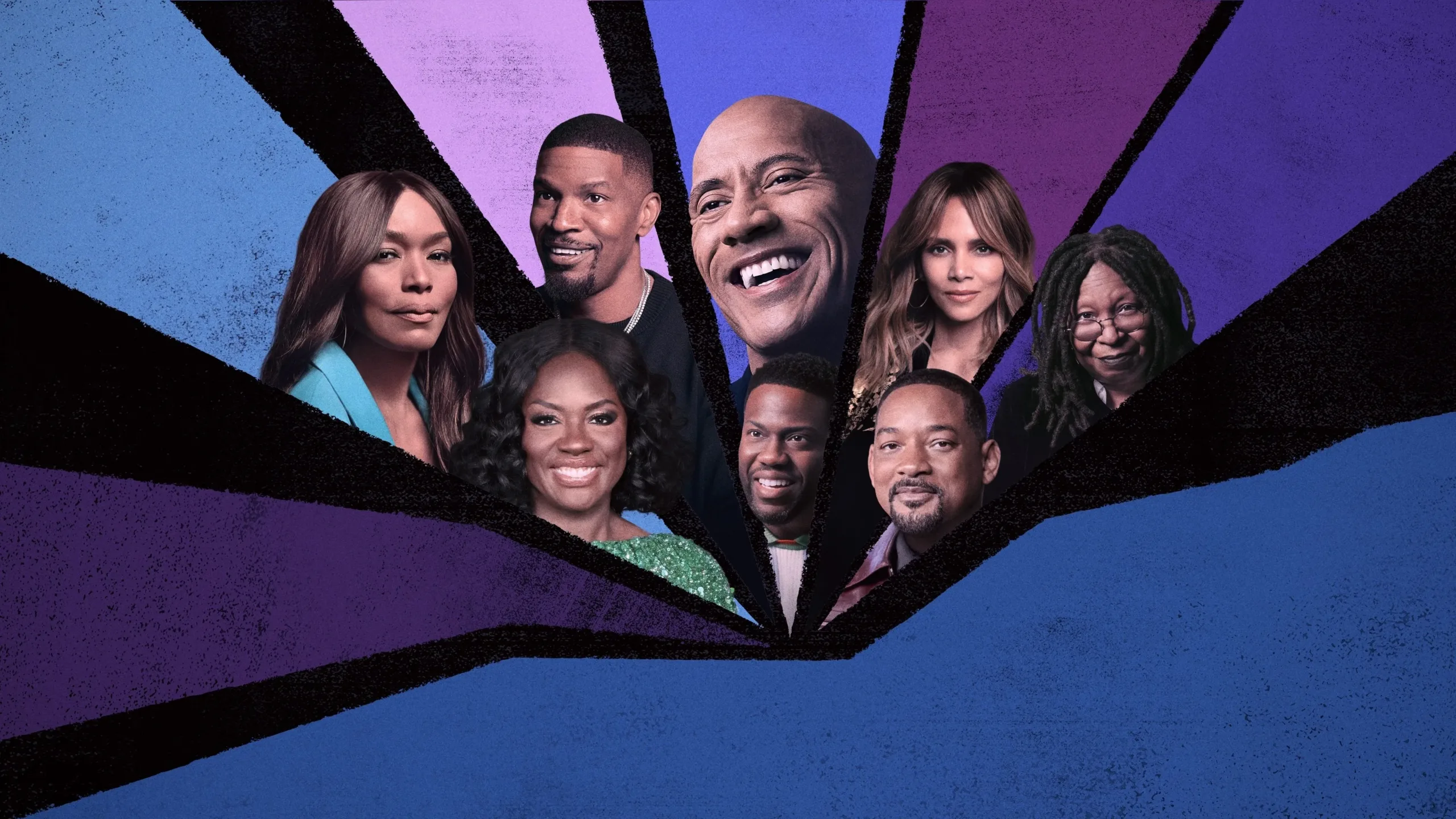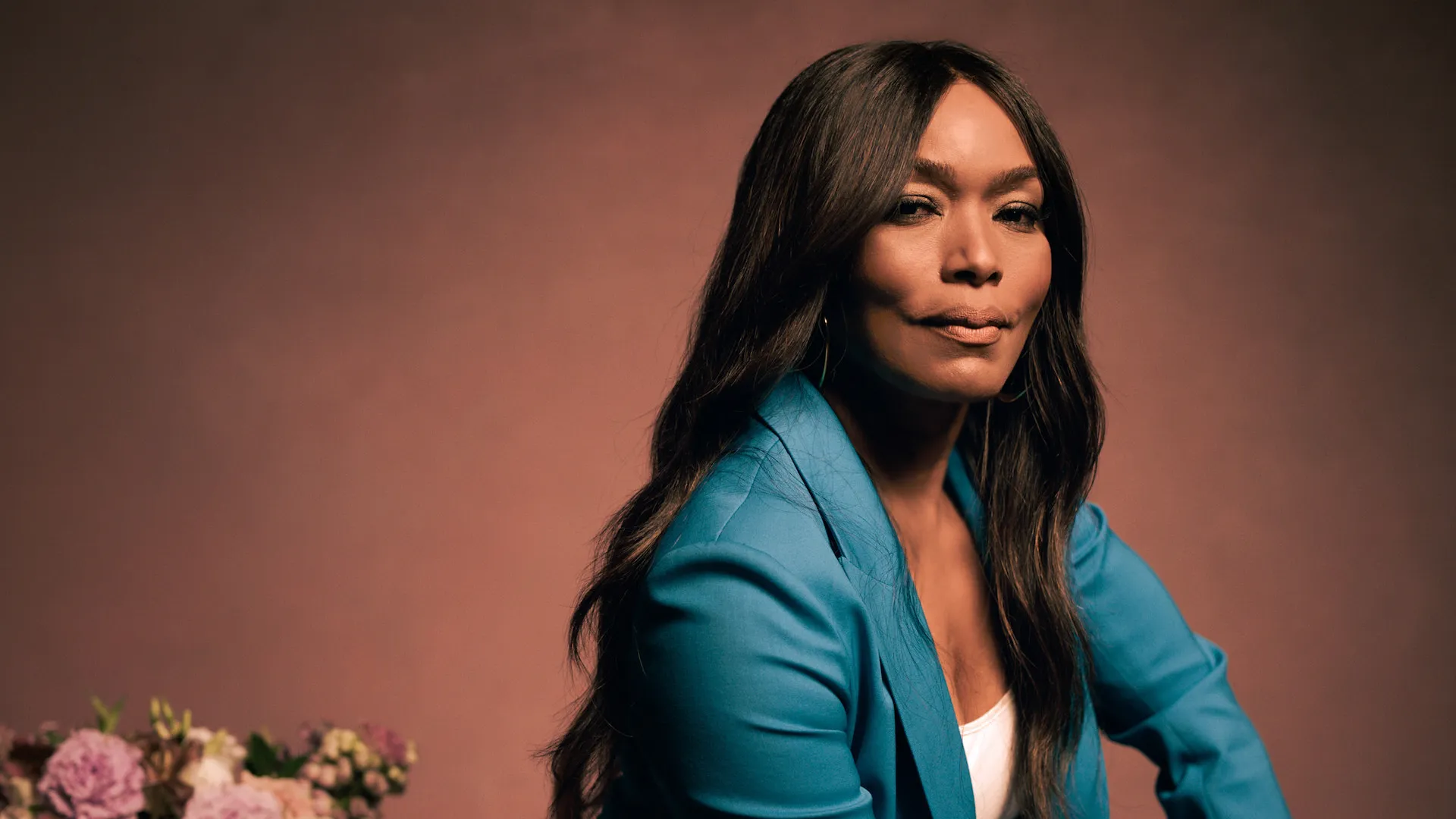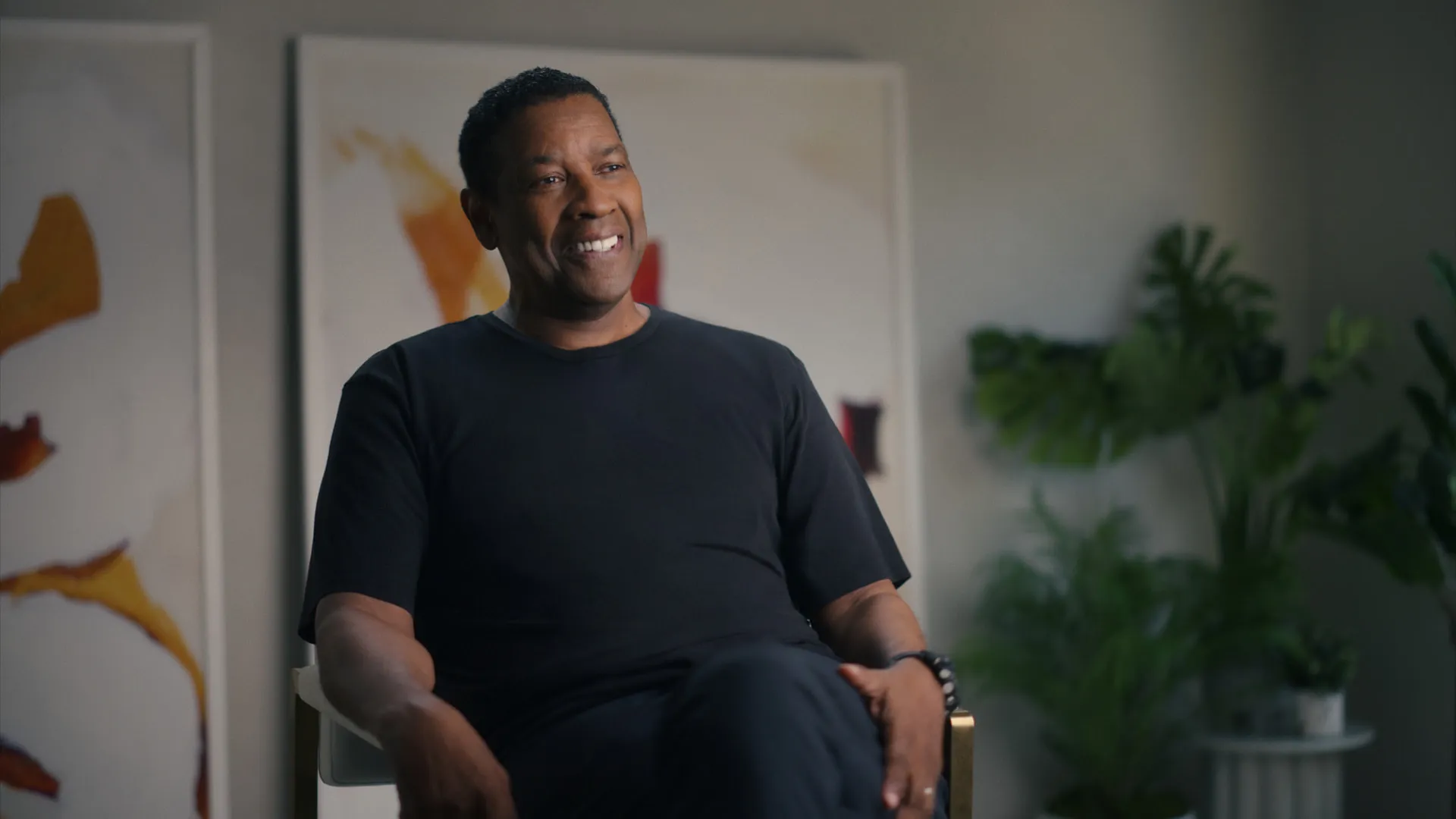This two-part documentary pays homage to the remarkable contributions of Black actors in Hollywood. Structured in two segments—one concentrating on leading men and the other on leading women—the series offers a vivid portrayal of historic milestones alongside modern triumphs.
The narrative opens with a nod to pioneers like Sidney Poitier, whose early cinematic feats transformed industry perceptions, and seamlessly transitions to spotlighting figures such as Denzel Washington and Halle Berry, whose names have become synonymous with cinematic greatness.
The series presents a rich account of the evolution within Hollywood, tracing the progress of Black artists as they carved out prominent roles amid a challenging environment. It presents stories of struggle and triumph with precision, drawing attention to both celebrated achievements and the persistent obstacles that have shaped the careers of these artists.
Through a collection of interviews and archival footage, the series articulates the influence of Black talent on film history while underscoring the enduring impact of cultural representation. Each segment stands as an exploration of the artistic and social shifts that have redefined the roles available to Black performers, offering viewers a comprehensive perspective on the enduring significance of their contributions.
Legacy and Transformation
From its inception, Hollywood has witnessed a slow metamorphosis in its portrayal of Black talent, a process rooted in the pioneering work of early figures such as Sidney Poitier and Hattie McDaniel.
Their performances altered the cinematic landscape by challenging established limits and creating spaces where future performers could achieve recognition. Poitier’s dignified presence and McDaniel’s resilient portrayals remain markers in film history, opening avenues that allowed successive generations to secure roles of substance.
The narrative of transformation extends from eras marked by limited and often demeaning roles to a period where Black actors command leading roles in major productions.
The documentary underscores this progression by chronicling transitions from the era of Blaxploitation, characterized by one-dimensional characters, to contemporary narratives where depth and complexity define performance. It highlights the shift in industry standards through carefully selected anecdotes that capture the essence of creative breakthroughs and institutional obstacles.
Mentorship and the influence of preceding icons are central to this historical account. The echo of earlier achievements reverberates in the successes of current luminaries, whose careers are enriched by the guidance of those who preceded them.
Such intergenerational exchange serves as a powerful engine driving creative progress, while also casting a reflective light on the economic and social challenges that have accompanied the rise of Black cinema. References to long-forgotten promises, like “forty acres and a mule,” interlace with personal narratives, exposing a record of disparity that has long shaped the film industry’s financial and cultural policies.
This analysis captures a continuum of struggle and triumph, where every breakthrough is intertwined with persistent challenges. The series paints a detailed picture of evolution—a narrative that is both historical and essential to understanding the current reconfiguration of performance in Hollywood.
Icons on the Silver Screen
The narrative of Black leading men in Hollywood unfolds as a layered chronicle of artistic innovation and institutional perseverance. Sidney Poitier emerges as an early force in this narrative, his dignified performances and groundbreaking roles establishing a standard that reshaped cinematic expectations.
Poitier’s career is marked by unforgettable moments that continue to inspire, his recognitions and defining scenes forming the backbone of a legacy that has steadily informed the careers of those who followed.
As decades progress, the film industry witnesses a transformation from a limited spectrum of roles to a dynamic showcase of talent. The era of the 1960s through the 1980s introduced actors like Eddie Murphy, whose mastery of comedic timing and bold persona challenged established notions of performance.
Such progress was met with recurring challenges: the persistence of typecasting and the struggle for recognition amid a system predisposed to restrictive casting. Later figures—Morgan Freeman, Denzel Washington, and Daniel Kaluuya—reinterpreted the archetype of the leading man, each offering distinctive performances that defied simple categorization. Their work demonstrates a continuous evolution in how strength, vulnerability, and presence are portrayed on screen.
The series under discussion captures moments of mentorship and exchange of wisdom among these influential figures. Reflections on seminal incidents, such as the legacy embedded in the famed “slap” scene, serve as illustrative markers of the mentoring culture that has nurtured emerging talent.
These personal recollections are interwoven with accounts of systemic obstacles, where even the most celebrated names recount the constraints imposed by limited roles and stereotypical expectations. The compelling screen presence of these actors, defined by an innate charisma and a resolute sense of purpose, contributes to a legacy that continues to challenge and reshape cinematic narrative.
Resilient Voices
The documentary reveals the manifold challenges that Black actresses face in a cinematic landscape defined by narrow parameters. Historical casting practices have often confined these performers to limited and predictable roles, relegating them to character types that do little justice to their talent.
The visual narrative captures the tension between expectations steeped in traditional beauty standards and the rich, multifaceted artistry these women embody.
Iconic figures such as Halle Berry, Angela Bassett, Viola Davis, and Whoopi Goldberg emerge as beacons of strength, their careers punctuated by moments where rejection was met with resolute determination.
Berry’s accolade at the Oscars stands as an emblem of hard-won recognition, while Bassett and Davis are portrayed in scenes that evoke the intensity of their artistic battles.
The portrayal of these women transcends mere individual triumph; it reflects a broader dialogue about collective resilience. The series presents a network of shared struggles and mutual support—a sisterhood that nurtures both ambition and creative expression.
This collaborative spirit is conveyed through intimate interview segments and stylistic choices that incorporate poetic spoken word, infusing the narrative with a rhythmic, almost lyrical cadence. Such elements elevate the discourse, suggesting that the personal victories of these actresses ripple outward, inspiring a new generation of talent to challenge established norms.
At every turn, the documentary interrogates the limitations imposed by entrenched stereotypes and rigid industry protocols. It examines how these barriers have shaped the roles available to Black women and, by extension, influenced the public perception of their capabilities.
The visual composition and directorial techniques underscore the emotional gravitas of their experiences, crafting a layered portrait that marries historical reflection with the unyielding spirit of creative defiance.
Narrative Resonance
The series arranges its dual narratives into a dynamic interplay of themes, partitioning the screen between stories of male and female figures to spotlight both shared challenges and distinct experiences.
Its presentation champions the resolve necessary to overcome a legacy of systemic limitations, capturing how visibility in film reshapes public perception and cultural memory. Historical weight blends with the energy of new talent, creating a dialogue that questions traditional methods of cinematic storytelling.
An outstanding aspect of the work is its portrayal of the transmission of artistic ideals and hard-won achievements from one generation to the next. The tension between longstanding struggles and fresh ambitions is rendered with a clarity that invites critical reflection.
The directors interlace interview excerpts, archival visuals, and reflective commentary, constructing a narrative that feels both meticulously crafted and naturally fluid. This combination of visual documentation and thoughtful voiceover infuses the piece with a profound gravity, inviting viewers to reassess the cultural significance of representation and influence in film.
Every element serves as an invitation to reconsider established narratives and to recognize the continuing impact of iconic legacies on the evolving landscape of Hollywood storytelling.
Crafting a New Narrative
The production design forms the backbone of the documentary, with cinematography that captures both the rich historical legacy and the pulsating energy of contemporary performances.
Crisp editing and thoughtful visual framing coalesce to transform archival footage and intimate interviews into a visual mosaic that communicates both the gravitas of past struggles and the ardor of modern achievement. The careful arrangement of images creates a cinematic space where the viewer is enveloped in the unfolding story of cultural evolution.
Sound and music play a pivotal role in reinforcing the mood. A stirring score underpins moments of reflective quiet and spirited dialogue, enhancing the emotional resonance without overshadowing the nuanced interviews. The interplay between subtle ambient tracks and rousing musical cues lends an auditory texture that mirrors the unfolding visual narrative.
Distinct directorial visions enrich the series with contrasting yet complementary approaches. Reginald Hudlin’s segment, which chronicles the experiences of leading men, benefits from a methodical narrative that respects tradition and legacy.
Shola Lynch’s segment, focusing on leading women, employs a fluid, almost lyrical style with creative transitions and poetic interludes. These stylistic choices serve to illuminate personal reflections and collective memories, framing individual stories within the larger tapestry of change in film.
The documentary participates actively in a wider cultural conversation on representation in cinema. It scrutinizes established casting practices and the persistence of conventional character roles, setting a stage for reimagining the way stories are told.
The series is positioned as a catalyst for future projects, inviting industry insiders to reconsider practices around casting and narrative structure. The overall impact is a work that leaves a lasting impression on the viewer, prompting both admiration for its artistic merits and reflection on its role in redefining cinematic storytelling.
Looking Ahead
The series presents a narrative where triumph intermingles with enduring challenges, capturing the evolution of Black artistry on screen. Its portrayal of pioneering figures and contemporary leaders reveals a continuum of achievement shadowed by systemic obstacles. The film documents a history marked by significant victories alongside the persistent limitations that still shape casting and storytelling.
Serving as a living record, the documentary contributes powerfully to the conversation on Black excellence and representation, inspiring ongoing debate about industry practices and creative direction. It functions as a visual archive that not only commemorates past accomplishments but also stimulates fresh discussion on the future of cinematic narrative.
By chronicling the efforts of those who have reshaped Hollywood, the work lays a foundation for reimagining how stories are told, suggesting a lasting influence on both industry standards and the empowerment of emerging talent.
The series projects a forward-looking vision that challenges conventional structures, inviting filmmakers to build upon the legacies of these influential artists and drive further evolution in cinematic storytelling.
The Review
Number One on the Call Sheet
A stirring chronicle of Black excellence, this documentary captures the perseverance and artistic triumph of its subjects. Its inventive narrative and refined production serve as both a record of historical achievement and a spark for future creative evolution. A necessary exploration of representation that challenges traditional industry conventions, it stands as a catalyst for change.
PROS
- Engaging portrayal of historical and modern Black talent
- Visually striking production design
- Rich, personal interviews with industry legends
- Effective use of archival footage and creative transitions
CONS
- Uneven pacing between segments
- Some segments may feel less comprehensive





















































